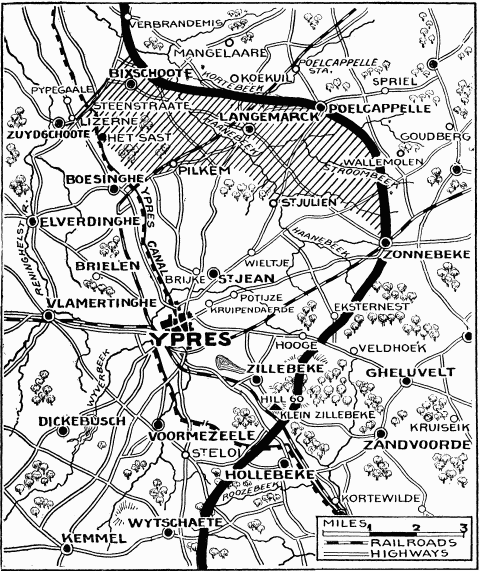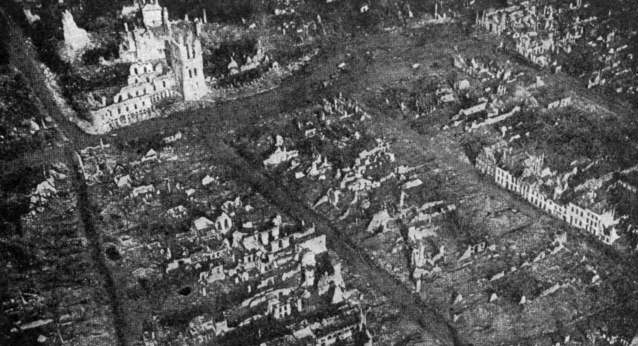
. Downloaded from http://www.gutenberg.org/ebooks/15480 wikipedia
I wanted to find something about the winter as experienced in World War 1. Why? Because I watched a very moving film about World War 1 by Derek Jarman called ‘War Requiem’, which puts images to the music by Benjamin Britten. I also listened to a radio piece on ‘Spring Offensives’ to give a long view on what was happening in Ukraine.
I found this war poem which vividly sets a winter war scene:
Searchlight
F. S. Flint
There has been no sound of guns,
No roar of exploding bombs;
But the darkness has an edge
That grits the nerves of the sleeper.
He awakens;
Nothing disturbs the stillness,
Save perhaps the light, slow flap,
Once only, of the curtain
Dim in the darkness.
Yet there is something else
That drags him from his bed;
And he stands in the darkness
With his feet cold against the floor
And the cold air round his ankles.
He does not know why,
But he goes to the window and sees
A beam of light, miles high,
Dividing the night into two before him,
Still, stark and throbbing.
The houses and gardens beneath
Lie under the snow
Quiet and tinged with purple.
There has been no sound of guns,
No roar of exploding bombs;
Only that watchfulness hidden among the snow-covered houses,
And that great beam thrusting back into heaven
The light taken from it.
My search also showed that, on this day in 1915, the British retook trenches at St Eloi. St Eloi was just behind the Southern edge of the Ypres Salient, a bulge of allied territory surrounded on three sides by German forces and the site of the five battles of Ypres. Fighting continued here from 1914 through into 1918 when the Germans were finally pushed out of the Salient.

St Eloi struck a bell as St Eloy, is mentioned in the Canterbury Tales as he was a very popular saint in the medieval period. The Saint was also responsible for converting Flanders to Christianity in the 7th Century. Properly called St. Eligius he is the patron saint of horses and cattle, farriers, blacksmiths, metalworkers, goldsmiths, and therefore of mechanics in general (including the Royal Electrical and Mechanical Engineers, forerunners of whom fought at Ypres).
According to legend Eligius was having trouble shoeing a horse, which he thought was possessed. So he cut the horse’s leg off, re-shoed the amputated leg and then reattached the leg back on the horse, which trotted off none the worse for the experience. St Eloy was noted for refusing to swear an oath, and it is ironic that the Prioress swears, according to Chaucer, by St Eloy. His Saints Day is 1 December.
Discover more from And Did Those Feet
Subscribe to get the latest posts sent to your email.

St Eloi rings a bell with me too because of the famous children’s song ‘ Le bon Roi Dagobert’ that features the King and St Eloi, his devoted counsellor!
It’s a satirical song that ridicules Royalty…
The funny thing is that the clock of the Town Hall of *Saint-Denis alternates between the tune of that song and that of ‘ Le temps des Cerises’, an emblematic song during the Insurrection of la Commune de Paris, in 1871.
*St Denis Basilica and Cathedral is the burial place of the Kings and Queens of France.
Saint-Denis is a working class suburb in the North of Paris. Its council and elected Mayor, now Socialist, traditionally belonged to the Communist party.
This surely accounts for the chimes!
(I’ve just learnt about the chimes, so I now need to go there to hear them!)
Thank you! I’m going to revise that page for St Eloy’s Festival Day so that will add interest to it!